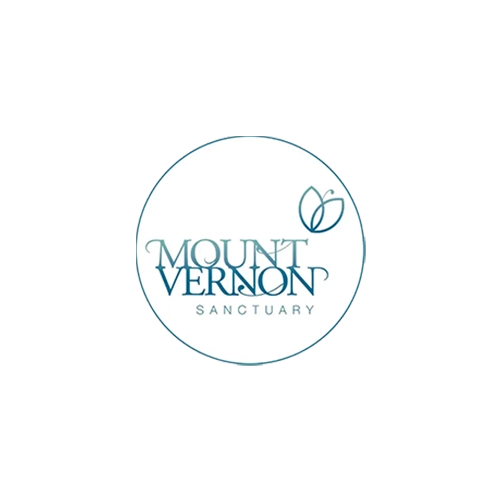
Communicating complexity is challenging, especially when presenting information to people who know nothing about your area of expertise.
On top of this, audiences today are unrelentingly assaulted by data. As a result, they tend to have much shorter attention spans and much lower thresholds for complex ideas.
Demand for data scientists is indeed growing faster than ever before, but remember that for value to be realised, you must translate complex data into relatable, meaningful and memorable information for your audience.
How do you make overwhelmed and overburdened brains receptive to complex information, whether it's scientific data, product or service information?
Start with the basics. Always focus on what's in it for your audience. How will they benefit from the information you're about to share?
Deciding which techniques to use to communicate these complex ideas is where it gets just a little complicated.
Tools such as infographics and videos can aid your communication, but these need to be underpinned by some fundamentals to ensure clarity and impact.
Analogies provide people with a familiar frame of reference for understanding something unfamiliar.
An airline CEO who wants to convey the effectiveness of HEPA filters used in their planes could say they ensure the air quality in their aircraft is at least three times better than the air quality in most office buildings.
During a pandemic, this would certainly reassure customers concerned about their health. Most of them would be able to relate, having at some point, worked in an office building for about 8 hours a day, 5 days a week without any health repercussions.
Instead of presenting technical information about how the filters work, relating to audiences this way could swiftly make a powerful impact.
Turn information into compelling stories.
A huge body of research shows that stories, when told well, can easily excite listeners, deepen connections and make any presentation more memorable. Stories lend context to data, help you make an emotional connection and help an audience make meaning of your message. All of this will move them to action.
However, stories need structure. I recommend using a narrative structure that will help you zero in on elements that would be most meaningful to your audience while ensuring your key message isn't lost.
Very simply, start with the problem, then describe the ideal scenario and how your product/service can bridge the gap. When describing the problem, tell them about your own experience encountering it. Make it as personal as possible. This will humanise your message.
Include sensory details, emotions, drama or conflict to support your key message which of course, has to be aligned with your audience's needs.
When in doubt, ask yourself, "Will my audience get this? Will the information I present adequately answer their "What's in it for me?" question? Will it spur them to take the actions I'd like them to take?"





